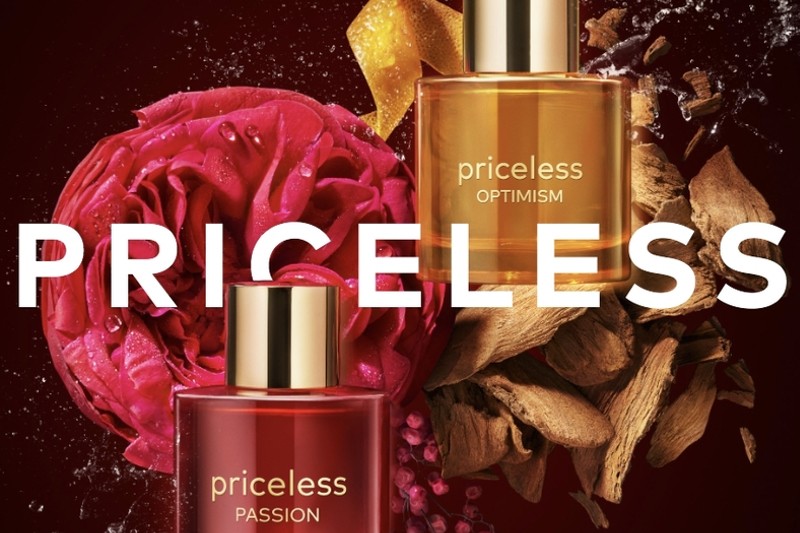Were all of the senses developed simultaneously in this strategy?
‘No. First you must understand what a specific sense can do to the brand and how we can tap into it in the most compelling fashion. Let's take sound; brands have been using it forever. There are jingles I remember clearly from my childhood. Companies like Intel have a very recognizable mnemonic at the end of the rhyme. But there is an art and a science to sound. I tried to understand the science part of it. So, we created sonic brand architecture which has ten different layers of how the sound characteristics will be manifested. We’ve launched three so far. The first is a 30 second melody. It had to be pleasant, memorable and hummable in order to get into your head. It also has to be neutral, which means it should not dominate a situation. The purpose of sound is to support the brand. Then it has to be versatile and cross-situational. Wherever you are, the melody has to transition across all situations. We have two other layers; an excerpt of this melody will sign off at the end of all the ads, as a sonic signature. Finally, every time your Mastercard is used, either on your phone or at a point of sale in a shop, you will hear a 1.3 second six-note subset of the melody. Each one of these keeps building on the other. This is how we started creating music.’
Can any brand apply multi-sensory marketing?
‘With so many brands competing for people’s limited attention, all brands have to explore opportunities in an authentic and credible way. It is not just a matter of associating a sound with your brand and jumping in.’
If all the brands were to implement multi-sensory marketing, wouldn’t consumers be overstimulated very soon?
‘If you are creating a cacophony, then yes, consumers would tune you out or completely switch you off. For example, some 600 million people have installed ad-blockers. Which is good in some sense. People are also running to ad-free heavens like Netflix and Amazon Prime. But if you do things in a scientific manner and regulate the movement of information, it can be beautifully streamlined.’
How do you find that balance between stimulating and annoying?
‘In new alternate realities like the Metaverse people are moving through different realms. It's not like you're doing multi-sensory on television, there are so many other places where you can engage with consumers. The key point is: if you do not regulate yourself, somebody else will come in to protect consumers and regulate you, i.e., the government.’
Would you say that the other senses, besides sight and hearing, are the Holy Grail in capturing the valuable attention of the consumer?
‘I would not call them the Holy Grail, but they form an incredibly powerful set of layers. They can get you to consumer engagement through an unprecedented level of relevance and depth. Both are extremely critical. And yes, it is going to be game-changing.’
Is the future for marketers to have a multi-sensory brand approach in place?
‘Absolutely. Look at Aston Martin, the feel of their leather, the sound of the door-click; you may not be consciously aware of it, but it gives you an experience. At Mastercard, we created two Priceless fragrances: Passion and Optimism. Passion is red, Optimism is yellow; the colours of our logo. This is not just about selling fragrances, even though the products are available in many places. More importantly, we are creating an aura, an ambience and a lifestyle approach to our brand. If you come to any Mastercard experience centre, you will smell the fragrances there. This way, we are creating an overall, immersive experience. The more immersive the consumer experience, the deeper the impact. Multi-sensory enables you to get into that in a significant way.’



